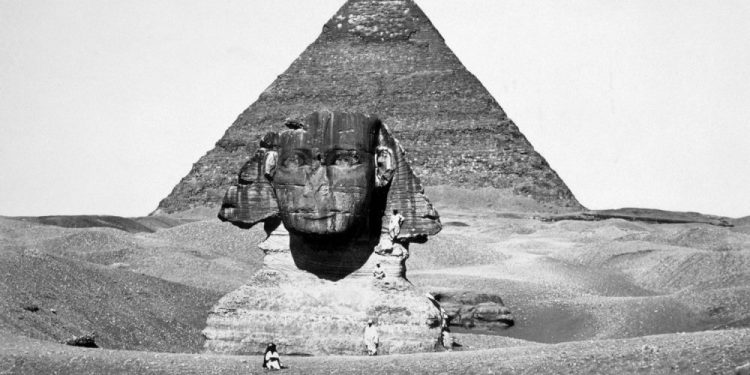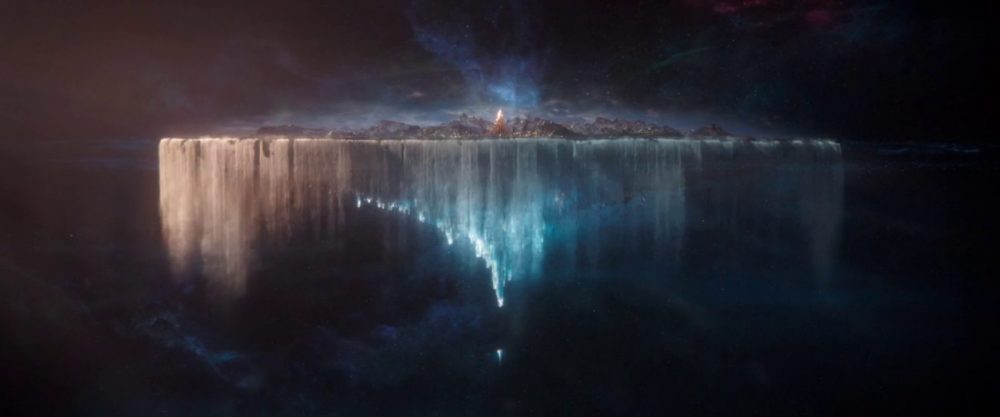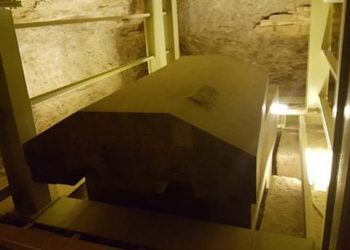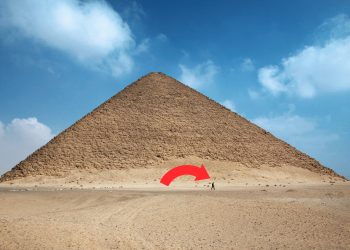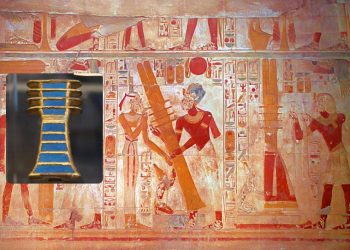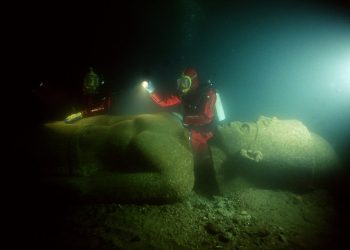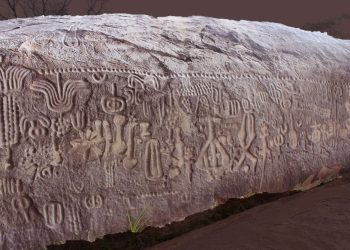Its exact age remains an enigma. Its purpose is shrouded in mystery. There isn’t a single historical document that tells us who erected/carved it. It is heavily damaged and eroded, but it is considered the largest carved, monolithic statue on the planet.
The Great Sphinx of Giza. This massive monument standing guard in the footsteps of the Pyramids at Giza, is the oldest, largest, and most mysterious monument on the planet’s surface. Encompassed by myths, tales, and legends, the Great Sphinx of Giza is a monument unlike any other. Considered by some a guardian of lost knowledge, some argue the Sphinx indeed guards an ancient treasure located beneath it.
Even though we have always connected it to the ancient Egyptian civilization, and rightfully I might add, many argue the Sphinx predates the pyramids at Giza by hundreds if not thousands of years. But why do some authors think it is older than the ancient Egyptian Pyramids?
We don’t know its name
Even though we call the Great Sphinx–a Sphinx, the truth is that it isn’t a Sphinx. Not in a traditional sense, anyway. If we turn to ancient Greek mythology, for example, we’ll see that the Sphinx is made up of a lion’s body, a woman’s head, and a giant bird’s wings.
The Great Sphinx of Giza doesn’t fit in that depiction, as it lacks some of those traditional features. The truth is that we don’t even know its true name. The ancient Egyptians initially identified the monument thanks to a text written on the Dream Stela from around 1400 BCE, where the monument was referred to as a “statue of the very great Khepri.”
The story goes that once, Thutmose IV fell asleep next to the Sphinx, which was already covered in sand by then. Thutmose IV dreamt about the God Horem-Akhet-Khepri-Ra-Atum and how he approached him, revealing that he was Thutmose’s father. In the dream, Thutmose IV was told to clear the sand around the statue, and once he did, he would rule over the land of Egypt.
Eventually, and after this event, the statue was dubbed Horem-Akhet, which means “Horus of the Horizon.” The ancient Egyptians would call the ‘Sphinx‘ by different names across time, including ‘balhib’ and ‘bilhaw.’ The fact that we DON’T know the Sphinx’s original name is strange. Even strange is that no written records tell us anything about it being carved, built, or what it represents.
We don’t know who carved it
We truly don0’t. We do have theories and assumptions. And that’s weird. The Sphinx at Giza is one of the most amazing monuments in Egypt, and it is absurd to think that no one took credit for carving/building it. One of the long-standing theories is that the Great Sphinx was carved during the rule of Khafre, meaning that the monument may have been erected around 2,500 BC.
Since Khafre is credited with the construction of the second-largest pyramid at Giza and the valley and mortuary temples, scholars rushed to conclude that given its proximity to the Sphinx, then Kahfre way as well have commissioned the Sphinx.
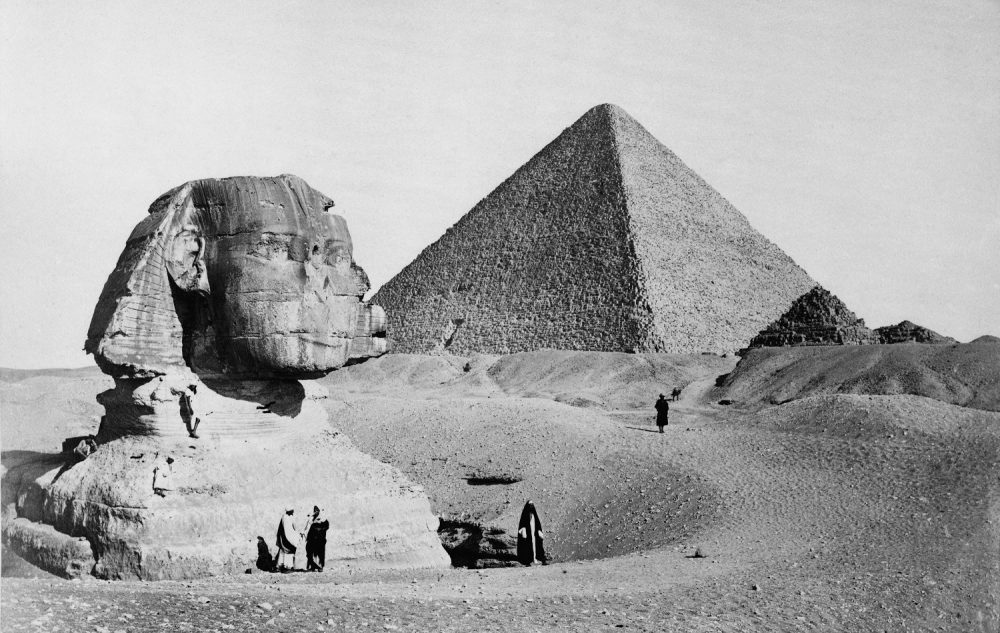
However, no documents back up this theory, and without experts to date the structure accurately, it is hard to say who it belonged to. Some authors have even proposed that the Sphinx predates the reign of Khafre and the entire Giza plateau. Water damage visible on the face, head, and body of the Sphinx had led some authors to suggest that the Great Sphinx existed at a time when the Giza Plateau was inundated by extensive rainfall in the region, which means that the Sphinx could date back to around 6,000 BC.
The Sphinx was already Ancient to the Ancient Egyptians
Did you know that the first restoration of the monument occurred around the 14th century BC? When Thutmose IV found the Sphinx, it was heavily deteriorated and buried in the sand. Thutmose IV would ascend to the throne and take care of the ancient monument, which by the time of the reign of Thutmose IV, was already ancient.
Three millennia later would see the monument buried again. Around the 19th century, the statue was again covered in sand, and it wasn’t until the 1920s that experts would eventually fully excavate the Sphinx, revealing its ancient body. French Egyptologist Gaston Maspero surveyed the monument in the 1920s and revealed that: “The Sphinx stela shows, in line thirteen, the cartouche of Khephren. I believe that to indicate an excavation carried out by that prince, following which, the almost certain proof that the Sphinx was already buried in sand by the time of Khafre and his predecessors.”
Have something to add? Visit Curiosmos on Facebook. Join the discussion in our mobile Telegram group.



